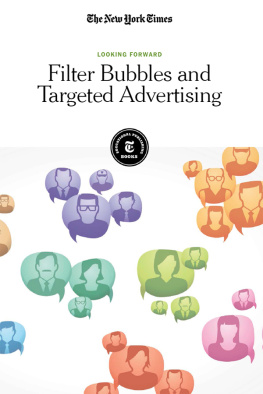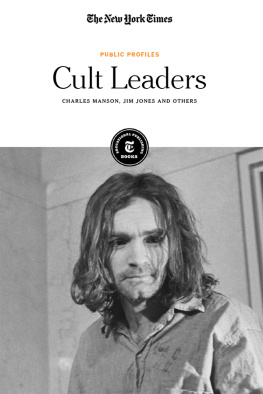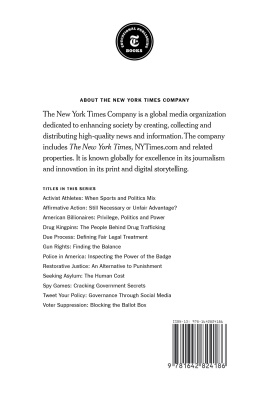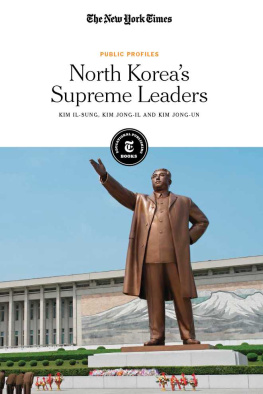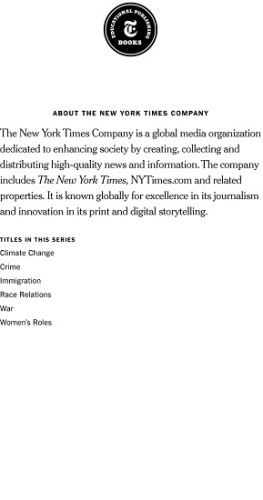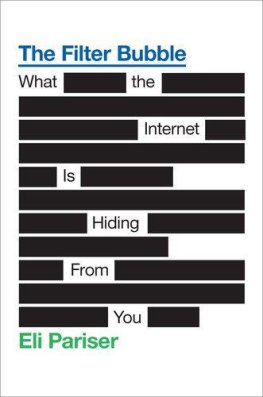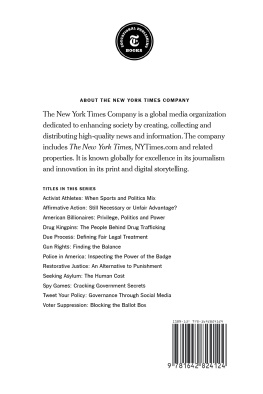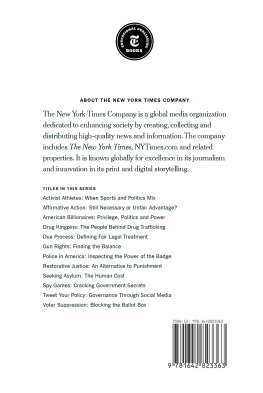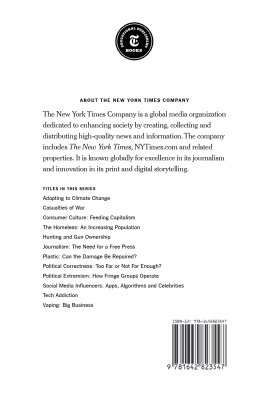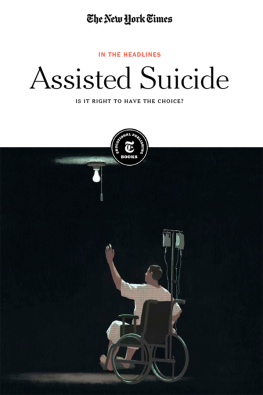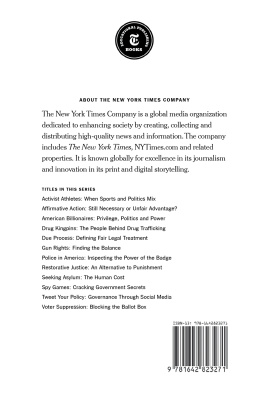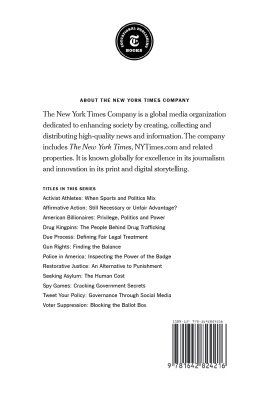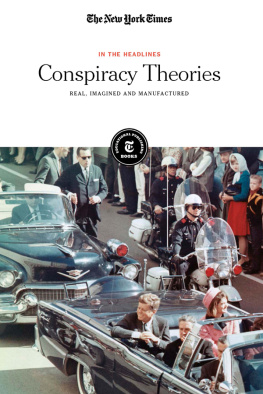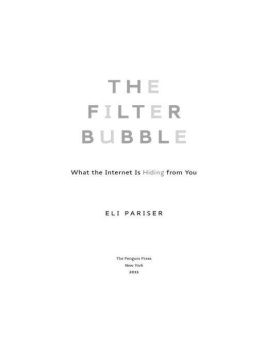Published in 2020 by New York Times Educational Publishing in association with The Rosen Publishing Group, Inc. 29 East 21st Street, New York, NY 10010
Contains material from The New York Times and is reprinted by permission. Copyright 2020 The New York Times. All rights reserved.
Rosen Publishing materials copyright 2020 The Rosen Publishing Group, Inc. All rights reserved. Distributed exclusively by Rosen Publishing.
First Edition
The New York Times
Alex Ward: Editorial Director, Book Development
Phyllis Collazo: Photo Rights/Permissions Editor
Heidi Giovine: Administrative Manager
Rosen Publishing
Megan Kellerman: Managing Editor
Michael Hessel-Mial: Editor
Greg Tucker: Creative Director
Brian Garvey: Art Director
Cataloging-in-Publication Data
Names: New York Times Company.
Title: Filter bubbles and targeted advertising / edited by the New York Times editorial staff.
Description: New York : New York Times Educational Publishing, 2020. | Series: Looking forward | Includes glossary and index.
Identifiers: ISBN 9781642822694 (library bound) | ISBN 9781642822687 (pbk.) | ISBN 9781642822700 (ebook)
Subjects: LCSH: Filter bubbles (Information filtering)Juvenile literature. | AdvertisingJuvenile literature. | Media literacy Juvenile literature.
Classification: LCC ZA3085.F558 2020 | DDC 025.524dc23
Manufactured in the United States of America
On the cover: Filter bubbles, which exclude other perspectives from our tech-assisted preferences, reveal the future challenges of a personalized, automated web; Logorilla/istockphoto.
Introduction
THE HISTORY OF the Internet is the history of solutions to engineering challenges: linking computers, searching for information, connecting with users or presenting content in novel ways. The companies with successful solutions have been rewarded not just with profits but with enormous influence over how people use them. One such solution is the personalized web, in which platforms filter and recommend content fitted to our preferences. This new web has changed society, positively and negatively, well beyond our computer screens. The coming years will determine how everyday users respond to these changes.
The story begins with Google, which over a decade ago had already transformed the Internet with the convenience of its search engine. Though not yet personalized, Googles search function would shape commerce, media and politics to fit its architecture. People began crafting their websites to improve their ranking in Googles system. A pattern was set: A platform finds success by offering desired content to users, and in the process the web changes to fit the platform.
At the same time, companies such as Netflix and Amazon began introducing recommendations to their platforms. Facebook and Google followed suit with a personalized news feed and search. How do these companies achieve this personalization? The answer lies in algorithms that predict our choices based on the statistical analysis of large data sets. These algorithms rely on collaborative filtering, which uses peer choices as a basis for recommendation. Building data profiles on every user, algorithms determine the likelihood of a purchase or click based on the categories our profiles fit into. Platforms then generate additional revenue by selling this data to advertisers.

As a result, the Internet is dominated by a small number of platforms that deliver content tailored to each consumer. One beneficiary, other than the platforms themselves, was e-commerce; specialized services could find their niche and sell to it. But over this rapid process, the resulting data footprint grew. The average user had little ability to track what had been collected on them and to whom that data was sold. While the European Union maintained strict digital privacy laws, the United States made few demands on behalf of digital consumers.
Journalism changed, too, especially due to Facebook, whose ever-changing algorithms could make or break media outlets by redirecting the traffic of millions of users. Chasing digital advertising revenue, traditional outlets and newcomers alike were forced to change their style. Lower-tier publications began writing clickbait headlines to maximize site visits even if the article didnt fulfill expectations. Other outlets laid off writers to prioritize video or blended content and advertising in a new form of product placement called native advertising. Though strong journalism continued, objective reporting and the working conditions of journalists suffered.
The changes brought about by the personalized Internet have a pattern, which activist Eli Pariser named the filter bubble. Filter bubbles are the effect of only seeing content that fits ones worldview, whether it is the same few genres of music or news articles that fit one perspective. Parisers point, which the articles in this collection support, is that the filter bubble is not simply a result of personal taste but of digital platforms inadvertently limiting users media diets.
During the 2016 elections, the Internet became a battleground on which the filter bubble became a weapon. Many observers noticed the rise of fake news, inflammatory and poorly sourced partisan news that circulated broadly. Much of it was created by content farms for advertising revenue, selling left or right wing news to the echo chambers that craved it. Likewise, The New York Times reported that Cambridge Analytica, in collaboration with the Trump campaign, used personal data from millions of people without their consent. This allowed the campaign to target ads to undecided voters.
During the election and afterward, people started asking questions. How were these platforms affecting media and public discourse? What responsibility do they have to the public? What rights do citizens have over how their data is used? And lastly, is this the only way for the Internet to be? Conservative commentator Ross Douthat observed that Facebook and other platforms had turned the Internet into a subtle empire. He argued that, regardless of ones political views, one must consider the effects these platforms have on our society.
As the Internet evolves, we will continue to see new tools that add unexpected value to our lives. At the same time, those tools will shape our behavior and worldview, as changes in media always have. Reflecting on the personalized web and the aftermath of what it brought about, it is worth remembering that as the Internet can change us, so can we, in turn, remake the web.
CHAPTER 1
Digital Platforms Personalize Our Online Experience
In the first decade of the 21st century, Google became the most popular search engine. Its proprietary search algorithm ranked pages by relevant keywords and by the number of times a site was linked by other pages. This method, and the resulting control over web traffic, started to shape e-commerce, news media and politics in Googles image. By the end of the decade, algorithms like Googles (as well as those of services like Amazon and Netflix) began to successfully generate personalized recommendations for their products, opening the door to the personalized web.

